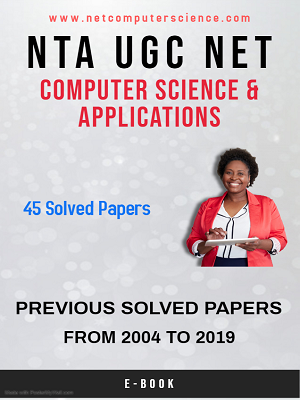1. An
................. is an instance of class.
(A) class (B)
object
(C) variable (D)
pointer
Answer: B
2. Public,
private, protected are .................
(A) identifiers (B) keywords
(C) access specifiers (D) type of class
Answer: C
3. The
output of the following program is
main( )
{ float y;
y=198.7361;
printf(“%7.2f”, y);
}
Answer: C
Explanation:
The printf statement is giving formatted
output till two places of decimal.
4. The
............... access specifier allows functions or data to be accessible to
other parts of the program.
(A) private (B)
protected
(C) public (D)
inherited
Answer: C
5. What
punctuation ends most lines of C++ code?
(A) . (dot) (B)
; (semi-colon)
(C) : (colon) (D)
' (single quote)
Answer: B
6. Which
of the following statement is true about preprocessor directives?
(A) these are lines read and processed by the
pre-processor.
(B) they do not produce any code by
themselves.
(C) these must be written on their own line.
(D) they end with a semicolon.
Answer: D
7. When
writing comments you can ...................
(A) use code and /* comment on the same line.
(B) use code and // comments on the same
line.
(C) use code and //* comments on the same
line.
(D) use code and <!- comments on the same
line.
Answer: B
8. C
language has been developed by ..................
(A) Ken Thompson (B) Dennis Ritchie
(C) Peter Norton (D) Martin Richards
Answer: B
9.
A
self contained block of statements that perform a coherent task of some kind is
called a ....................
(A)
Monitor (B) Function
(C)
Program (D) Structure
Answer: B
10.
Recursion
is sometimes called ..................
(A)
Circular definition (B) Complex definition
(C)
Procedure (D) Union
Answer: A









0 Comments